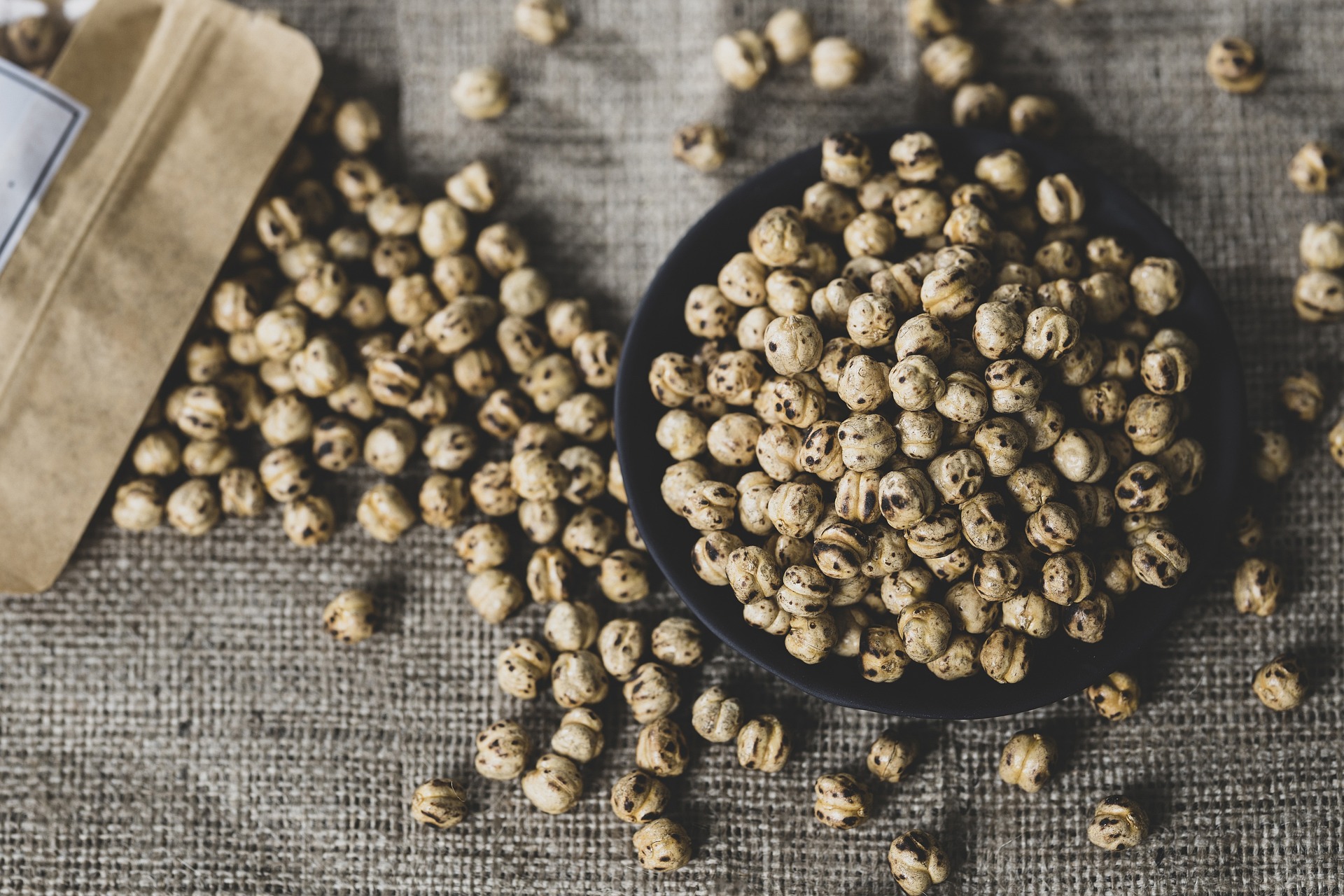A Dive Into The Fascinating World of Edible Insects
Edible insects are not just a survival tactic, but a culinary delight in many cultures around the globe. This age-old practice is now emerging as an innovative solution to combat food insecurity and promote sustainable farming. Let's delve deeper into this intriguing gastronomic trend.

The Buzzing Trend of Entomophagy
Entomophagy, or the practice of eating insects, has been a part of many cultures for centuries. From the crispy chapulines in Mexico to the savory silk worm larvae in Korea, these tiny creatures have been a source of nutrition and flavor. Today, the edible insect market is expected to reach a whopping $1.2 billion by 2023, indicating a growing acceptance worldwide.
A Nutrient Powerhouse
Insects are not just palatable but are rich in nutrients too. They are an excellent source of protein, vitamins, and minerals. For instance, 100 grams of crickets can provide about 69% of your daily protein requirement. Plus, they have a smaller environmental footprint as compared to traditional livestock, making them a sustainable food choice.
Innovations in Insect Cuisine
Chefs and food enthusiasts are pushing the boundaries of insect cuisine with innovative recipes. From cricket flour pancakes to mealworm burgers, there’s an insect dish for every palate. Some restaurants even offer gourmet insect dishes, transforming these critters into culinary masterpieces.
Edible Insects and Sustainability
Raising insects for food is resource-efficient and eco-friendly. They require less water, feed, and space than traditional livestock. Moreover, insects emit fewer greenhouse gases, contributing to sustainable agriculture.
-
Insects can be farmed on organic waste, adding to their sustainability quotient.
-
Cricket farming uses 2000 times less water than beef farming.
-
Insects reproduce quickly, ensuring a steady supply of food.
Overcoming the ‘Yuck’ Factor
The key hurdle in promoting edible insects is the ‘yuck’ factor associated with them. However, with increasing awareness about their nutritional benefits and sustainability, perceptions are slowly changing. Moreover, innovative recipes and presentation techniques are making insects more appealing to the adventurous foodie.
As we wrap up, it’s clear that edible insects are more than just a novel food trend. They represent a significant step towards a sustainable and food-secure future. So, the next time you come across a plate of crispy fried crickets, don’t squirm. Instead, take a bite and join the culinary revolution!




